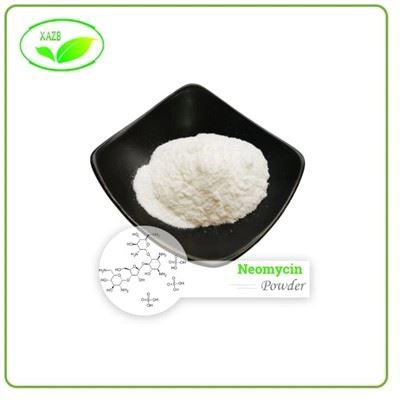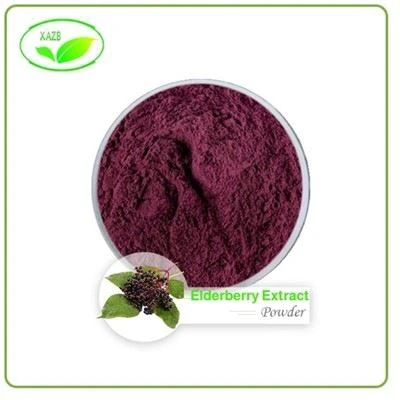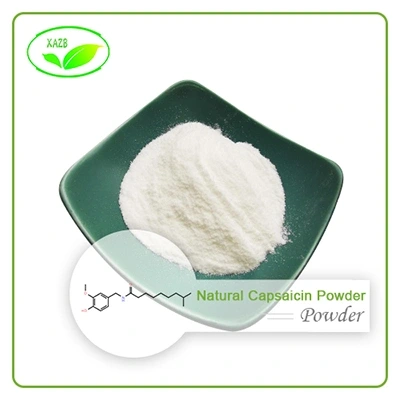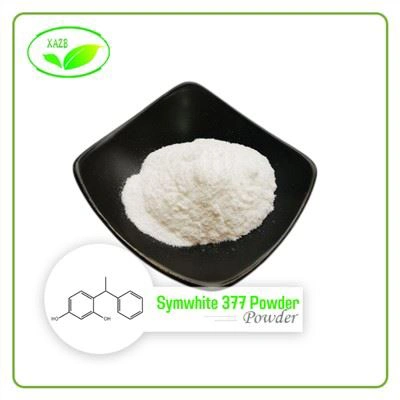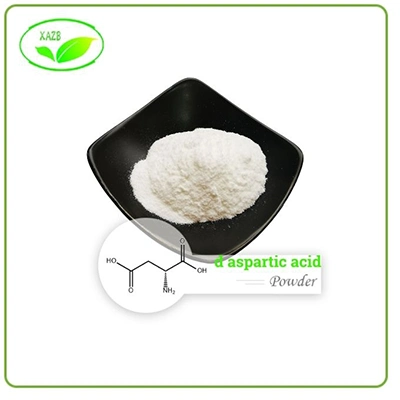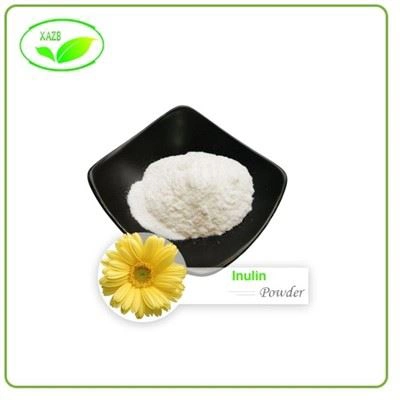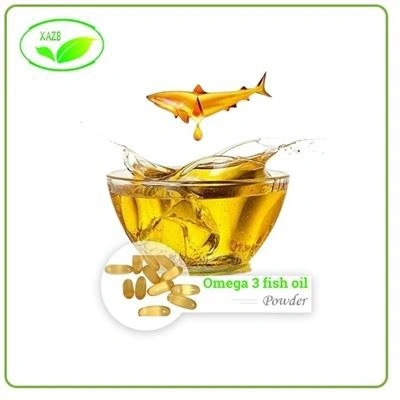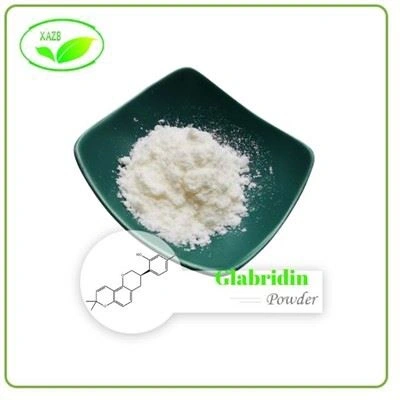Kojic Acid:Whitening And Anti-Aging Ingredient
2024-05-08
Kojic Acid is a type of natural compound that is commonly used in cosmetic formulations to address issues related to skin discoloration, hyperpigmentation, age spots, and dark circles. It is derived from various types of fungi and is known for its ability to inhibit the production of melanin, a substance responsible for skin pigmentation.
1. What is Kojic Acid ?
Kojic acid exists in koji, and it is something that people consume and is safe to use. In recent years, a large number of patent literature has reported the application of kojic acid in cosmetics. Tyrosinase is a key enzyme in the production of melanin. Kojic acid can chelate with the copper of tyrosinase, causing it to lose its activity, which is the basis of its whitening effect. Kojic acid has a strong inhibitory effect on the generation of melanin in human skin, and is safe, non-toxic, and will not cause sequelae of vitiligo. The combination of kojic acid and other preparations (such as SOD, placenta extract, amino acids, sunscreen, and various plant extracts) has a better effect.
Kojic acid is a white crystalline powder that is water-soluble and is widely used in cosmetics, food, and medical industries to achieve a brightening and depigmenting effect on the skin through suppressing tyrosinase, an enzyme required for the production of melanin in melanocytes. Kojic acid naturally occurs in various plants and fungi, such as Aspergillus oryzae, Acetobacter pasteurianus, and Penicillium species. Its functional properties are attributed to its chelating ability with various metal ions, such as copper and iron, and its oxidizing effects. Kojic acid is known to be a safe and effective alternative to hydroquinone, which is a controversial skin lightening agent due to its potential toxicity.
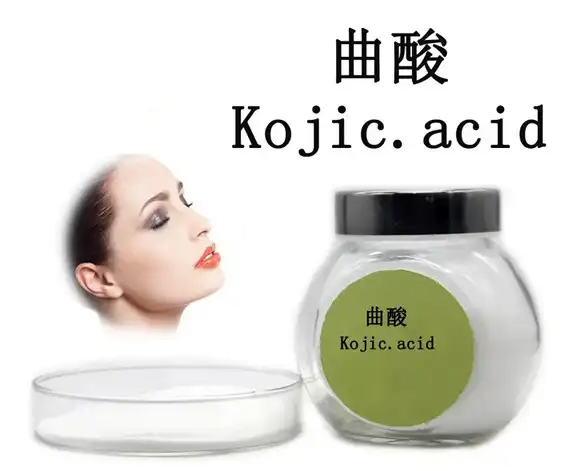
2. Kojic Acid Speicification
There are different specifications of Kojic acid available in the market, including its standard grade, food grade, and pharmaceutical grade.
(1). The standard grade is often used in skincare products like serums, creams, and soaps.
(2). The food grade is commonly utilized as a food additive to prevent browning and to extend shelf-life.
(3). The pharmaceutical grade is used in various medical formulations.
3. Kojic Acid Application
(1). Food Additive
Kojic acid may develop into a new type of food additive. As a food preservative, its performance is more ideal than that of sorbic acid. Kojic acid can be used for the preservation of fresh vegetables, fruits, seafood, etc. It can effectively prevent browning. As an antioxidant, kojic acid can prevent oil spoilage and prevent browning of dough. It works better when combined with ascorbic acid. Kojic acid can partially replace sodium nitrite in color protection and can inhibit the conversion of nitrite into carcinogenic nitrosamines. Kojic acid combines antibacterial, anti-corrosion, preservation, color protection, and antioxidant effects, making it a potential and superior food additive.
(2). Adding kojic acid to whitening cosmetics and whitening foods
Cosmetics that add kojic acid have functions such as skincare, moisturizing, whitening, brightening, sun protection, and freckle removal. The dosage forms include cream, lotion, lotion, soft film powder, clay glue, powder, etc.
Kojic acid has been proven to be an effective skin brightener and depigmenter. Its function is to inhibit the production of tyrosinase, which is an enzyme required for the production of melanin and promotes melanin production by chelating iron and copper ions. Kojic acid has been used to improve various skin conditions, such as age spots, wrinkles, blemishes, and pigmentation caused by excessive sunlight exposure. It is also used as a brightener for sensitive areas such as dark circles, acne scars, dark knees, and elbows. Kojic acid is a well tolerated ingredient, which works best at low concentrations, usually between 1-2% in face cream, lotion and serum.
(3). Pest control and crop yield increase
Kojic acid can also be used alone as a pesticide. Its mechanism of action is: in coexistence with individual pests, it affects the reproduction of pests, disrupts their hormone system, and ultimately eliminates all pests. Unlike traditional insecticides, they can not only kill all pests but also be harmless to humans and livestock without polluting the environment.
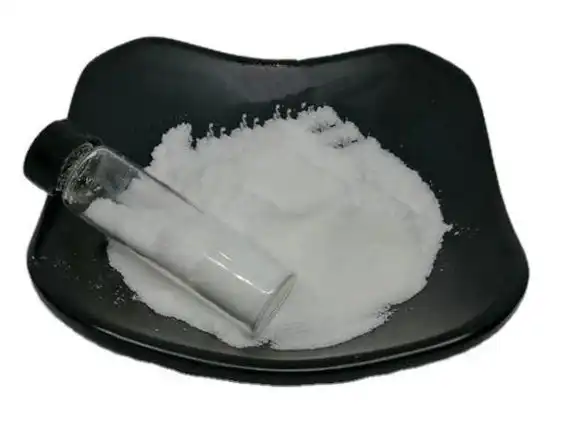
4. Kojic Acid – Potential for further development
Kojic acid has a bright future in the cosmetic industry and promises many benefits for consumers who seek safe, effective, and natural ingredients. Kojic acid presents various advantages over other skin brightening agents, such as hydroquinone, which poses various health risks. The ability of Kojic acid to inhibit tyrosinase and address hyperpigmentation has been extensively researched, indicating its potential as a non-cytotoxic alternative for skin brightening. Moreover, the chelating ability of Kojic acid with metal ions presents prospects for its use in other industries, such as food technology and analytical chemistry.
5. Conclusion
Kojic acid is a natural and safe alternative to harsh chemicals used in skin care products. It possesses an array of functional properties like its ability to inhibit tyrosinase, chelate metal ions, and promote skin brightening, and can be used in different areas like food technology and analytical chemistry. Kojic acid presents many advantages for consumers who seek natural solutions that are free from harmful side effects. Its potential in the cosmetic industry is vast and promising, with its safe and effective properties positioning Kojic acid as a potential leader in the anti-aging and skin brightening segment.

